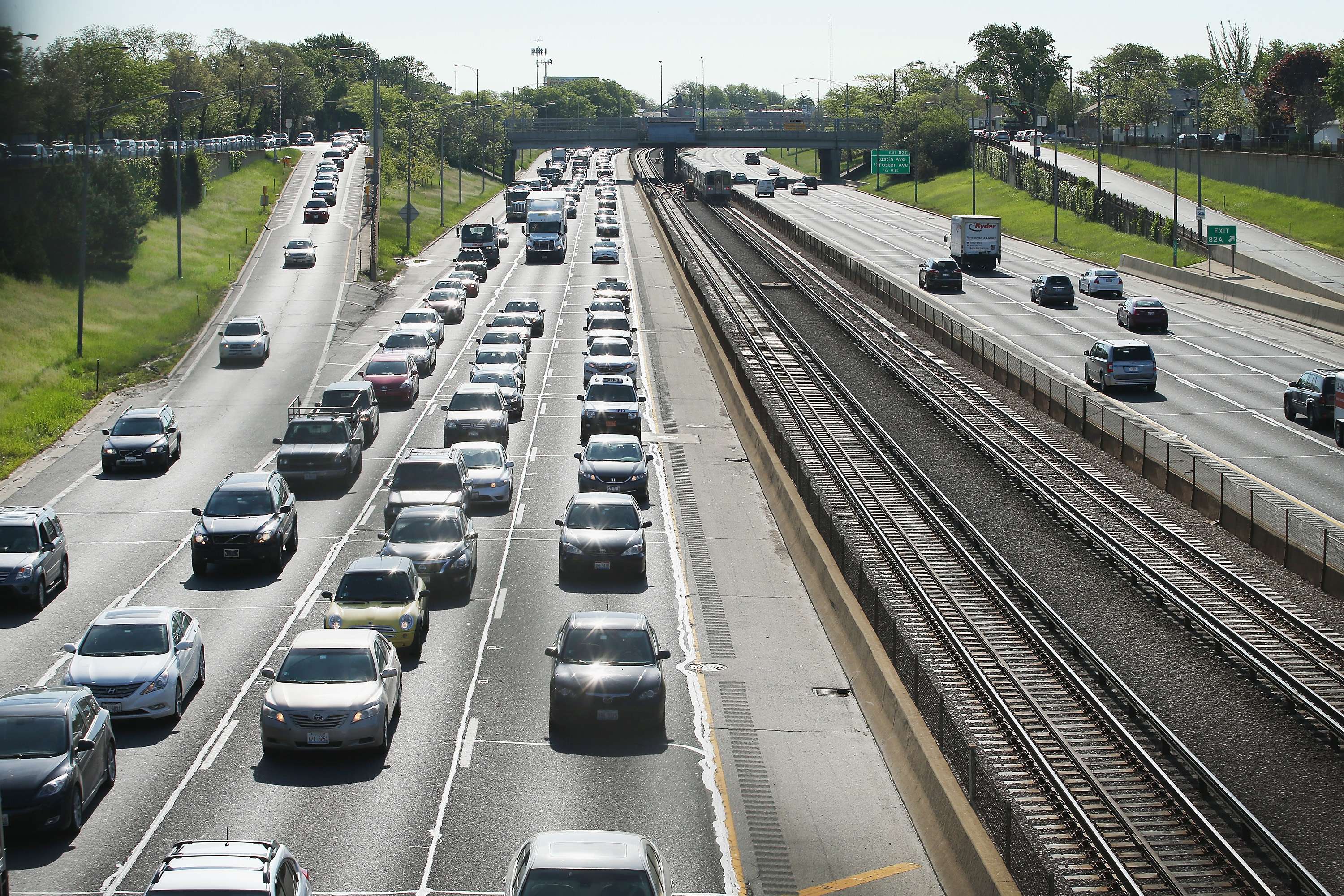
Many politicians and commentators are calling for a big burst of spending on infrastructure. On his blog, my esteemed Bloomberg View colleague Tyler Cowen raises an interesting question: What is the opportunity cost of government spending -- that is, what is the value of the other uses to which the money and resources could be put?
To answer this question, Cowen applies a mix of concepts from macroeconomics and corporate finance. I’d like to think about this question more generally. In fact, government isn’t like a business, so we have to be very careful about how we think about cost-benefit analysis.
How is government different from a private business? For one thing, its goals are different. Typically, we think of a private company as acting to maximise shareholder value. In reality there are other stakeholders -- employees, bondholders, etc. -- who probably matter as well. But the government is a whole different animal. Its stakeholders include all of society.
For a company, the return on investment is easy to calculate: Just compare revenues with costs. For the government, however, the “return” is the benefit to society itself. If Apple makes an investment that loses $5 but raises the nation’s gross domestic product by $500, that’s a failure as far as the company is concerned. But if the government manages to do that, it’s a big success.
Economists call this the “social rate of return.” It’s the reason that things like interstate highways are free -- the government doesn’t build them to turn a profit, but to boost the economy and improve people’s lives. The social rate of return can also include payoffs that aren’t counted in GDP, like increased leisure time, a cleaner environment, or improved health. But in the case of infrastructure, the benefit is probably mostly economic.
When we calculate the social return on infrastructure, we have to think about the cost of doing nothing. If the US never repairs its roads and bridges and ports, its world-class transportation network will decay until it is no longer usable. It’s worth remembering that there is no country in the world that has a private transportation network with anywhere near the quality of the mostly government-funded US system -- if Uncle Sam doesn’t fix the roads, we just won’t have nearly as many roads. So the government’s return on infrastructure investment includes the sizable benefit of maintaining the network we now enjoy.
The government’s opportunity costs are also very different from those of a private company. A corporation finances itself with both equity and debt, and counts its cost of capital as the weighted average of these. The government doesn’t issue stock; it finances itself entirely with debt. But the interest rate on government debt is not a good guide to the market’s expectations of the social returns from infrastructure projects -- it reflects things like the desire for liquidity to make payments (including tax payments), the need for collateral, and other factors. So we can’t just look to the Treasury markets to tell us the opportunity cost of government spending.
How about the private markets? Cowen uses the historical rate of return on stocks as a benchmark.
I believe this is not quite the right approach, for several reasons. First of all, the cost of capital usually gets adjusted for risk, and the government’s projects are likely to be less risky than the average corporate endeavour. Second of all, instead of the historical return on stocks, we should use the expected return. That always involves some major guesswork, but elevated price-to-earnings ratios imply that the next couple of decades of stock returns should be expected to fall below the historical average.
So there are two reasons why the government’s opportunity cost is probably less than Cowen assumes. But there’s an even more important reason: Government spending may use resources that the private sector has left unused. If the government makes use of idle labour and capital, its opportunity cost is in fact very low.
Cowen basically dismisses this possibility:
It’s clearly not back to its historical level. And prime-aged men are exactly the people that a big programme of infrastructure spending would put to work, because this is the demographic that most construction workers come from. Construction employment is still well below what it was a decade ago; infrastructure spending would change that.
So I believe that there is considerable unused labour remaining in the economy, especially prime-aged men who would benefit the most from an infrastructure push. This means that the opportunity cost of road and bridge repair is probably a lot less than the numbers Cowen quotes.
Of course, on this last point, there’s one easy way to find out -- start spending money on infrastructure. If private-company interest rates rise, it means that capital is becoming more scarce for businesses because the government is crowding them out. If that looks like it’s starting to happen, we can always hit the brakes. But until then, the cost-benefit analysis seems to favor pushing ahead with a big program of government spending to put our roads and bridges back in top condition. - Bloomberg View